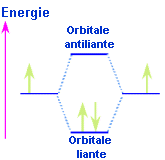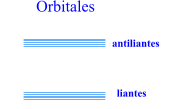Cambridge Structural Database System
The CCDC serves the scientific community through the acquisition, evaluation, dissemination and use of the world's output of small molecule crystal structures by: The CCDC is located on the Chemistry Campus of the University of Cambridge. It is self financing and self administering. The company has 51 employees, mostly full time, and is a recognised institute for the training of students for postgraduate degrees of the University. http://www.ccdc.cam.ac.uk/index.php
The CCDC is a non-profit, charitable Institution whose objectives are the general advancement and promotion of the science of chemistry and crystallography for the public benefit.
UPS Database
This technique involves a UV lamp for the radiation source. Ionised helium is emitting light in the ultraviolet range. Depending on the gas flow, i.e. gas density in the ionisation chamber, two different emissions can be obtained. These emissions are classified according to their energy:
By characterising band structures this spectroscopy allows to:
- Determine the nature of chemical species being present of the surface of the specimen
- Studying state density at the Fermi level


This shows that the band structure of each molecule has its own spectral signature. By studying the structure it is possible to determine the chemical nature of a surface.